Casa de la Libertad
In 1825, the Bolivian Declaration of Independence was signed in this historic building. Now a museum, Casa de la Libertad is located right on the Plaza 25 de Mayo, where the Latin American Wars of Independence began with the first cry for freedom on May 25, 1809.
Parque Simón Bolivar
One of the most beautiful places in Sucre, people come to this park to relax and stroll around. One of its great attractions is a curious replica of the Eiffel Tower, but what will impress you is its botanical wealth.
Casa Deheza
Casa Deheza is a costumbrist museum that shows us what life was like in Sucre during the colonial era with an exhibition of more than 100 period pieces. Do not miss it!
Plaza 25 de Mayo
La Plaza del 25 de Mayo square is the true center of Sucre, a perfect place to go for a walk, sit quietly and read a book or start a lively conversation. A beautiful and welcoming environment!
Mirador de La Recoleta
You will have the best view of the city from the Mirador de La Recoleta lookout and not only because of its size but also by what frames it: the white arches of the Recoleta monastery.
 QUICK FACTS ABOUT TRINIDAD
QUICK FACTS ABOUT TRINIDAD
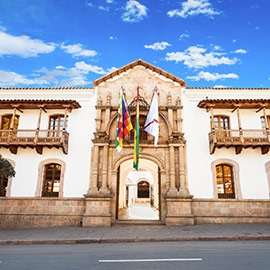
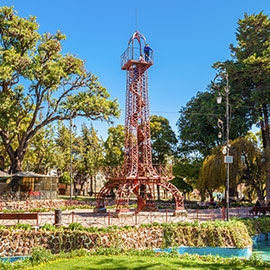
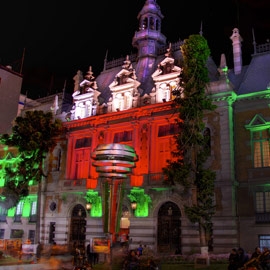
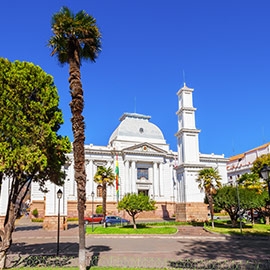
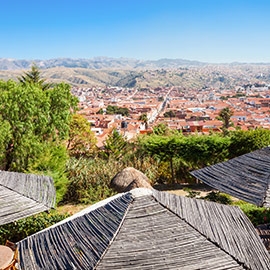

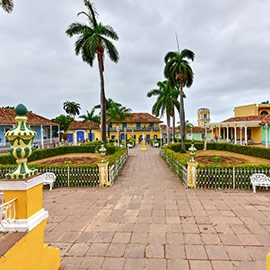
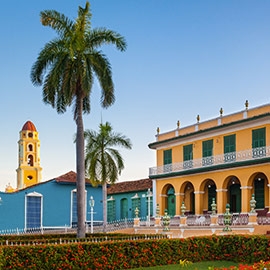
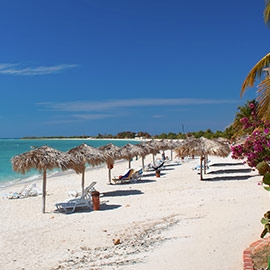
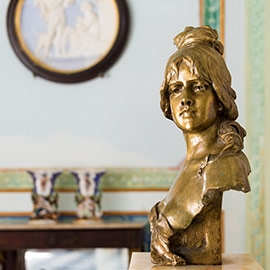

 QUICK FACTS ABOUT MALAGA
QUICK FACTS ABOUT MALAGA